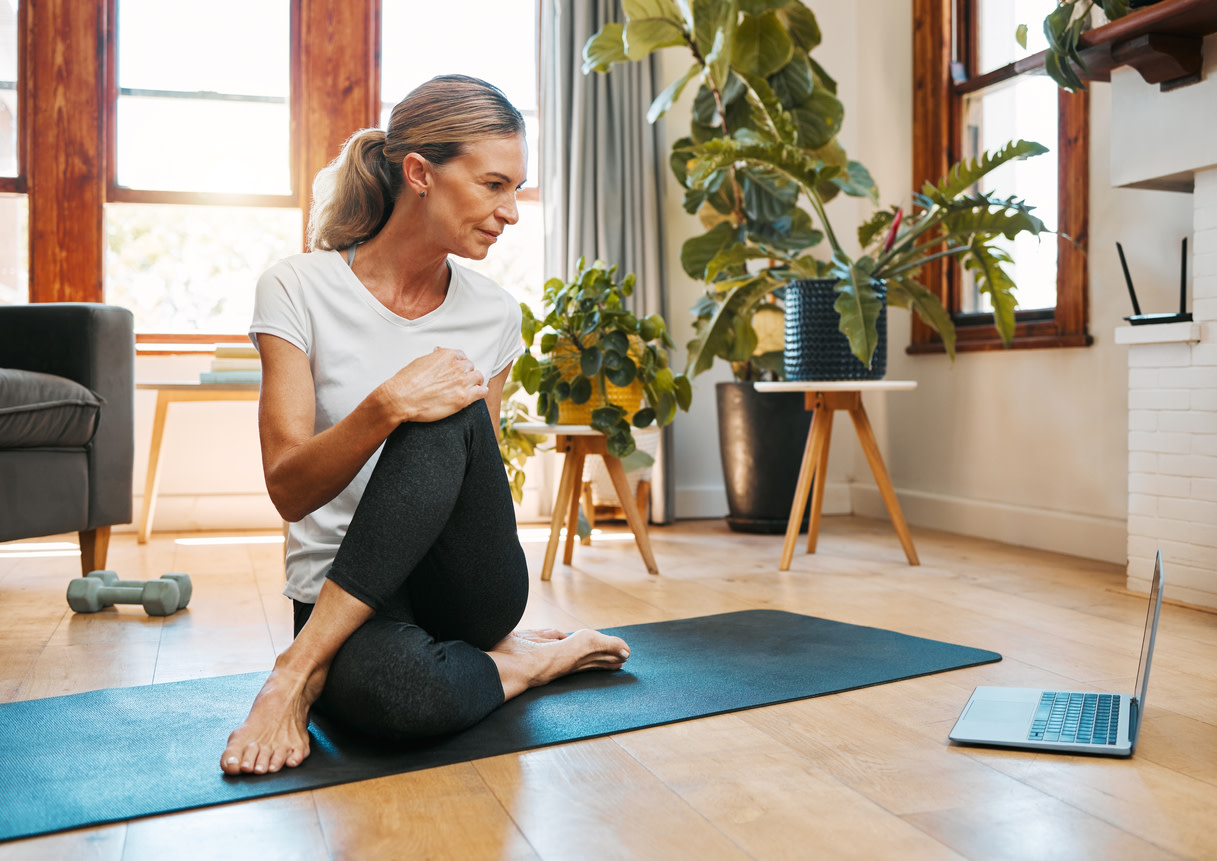Cómo hacer ejercicio con fibromialgia: consejos del fisioterapeuta
Hacer ejercicio con dolor y fatiga por la fibromialgia no es fácil, pero estar activo puede ayudar a los síntomas de la fibromialgia. Obtén consejos para hacer ejercicio con fibromialgia más fácil.
$0 costo para usted
Fecha de Publicación: Jul 27, 2023
